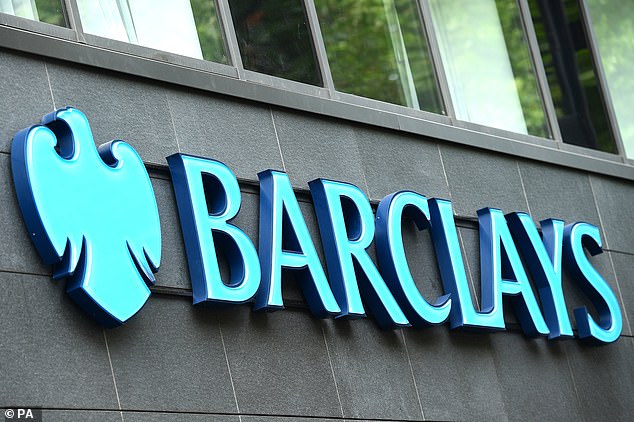- Barclays intends to restructure its business into five main divisions
- The banking giant hopes to return at least £10bn to investors by 2026
Barclays aims to save £2bn in costs over the next three years amid a reform aimed at improving its profitability and rewards for its shareholders.
In its first significant update to its strategy since 2016, Britain’s second-largest bank wants to reduce its cost-to-income ratio from 63 percent in 2023 to the “high 50s in percentage terms” by 2026.
It also intends to restructure its business into five main divisions: private banking and wealth management, investment banking, UK banking, UK corporate banking and US consumer banking.
New target: Barclays aims for cost savings of around £2bn by 2026
The bank has already cut thousands of jobs, closed high street branches and improved its digital footprint in recent years to cut costs and become more efficient.
Barclays believes the newly announced measures will help boost its return on tangible equity – a measure of profitability – to more than 12 percent by 2026, up from 9 percent last year.
The financial giant also expects to deliver at least £10bn to investors over the same period, prioritizing buybacks over dividends.
Chief executive CS Venkatakrishnan, known as Venkat, said the strategy was “designed to further improve Barclays’ operational and financial performance, driving higher returns and predictable and attractive distributions for shareholders”.
barclays stock They rose 4.2 per cent to 155.2p on Tuesday morning, making them the best performers on the FTSE 100 index.
However, they have fallen about 11 percent in the previous 12 months and have remained stable over the past five years even though the company has achieved healthy profits.
Shareholders have criticized Barclays for relying on its high-cost investment banking operations, which have seen a slowdown in trading and capital markets activity amid growing economic uncertainty.
The group’s fees from investment banking have plummeted from £3.66 billion in 2021, when interest rates were low and Covid-related restrictions were easing, to £1.96 billion pounds in 2023.
Matt Britzman, equity analyst at Hargreaves Lansdown, said: ‘Barclays’ huge presence in the world of investment banking is an attractive proposition.
“But conditions remain poor and low activity in capital markets continues to weigh on performance.”
Barclays’ new strategy was unveiled alongside annual results showing its pre-tax profits fell by £400m to £6.6bn last year.
Its profits were hit by credit impairment charges that more than halved to almost £1.9bn due to higher late payments among US credit card customers.
This offset the company’s total revenue growth by 2 per cent to £25.4 billion thanks in part to rising interest rates which improved structural hedging revenue.
However, Barclays declared £3 billion in capital distributions, a 37 per cent increase on the previous year, including £1.75 billion in share buybacks and a dividend of 8 pence per share.
Russ Mould, investment director at AJ Bell, said: ‘There is a common theme among companies: increasing dividends and cutting costs to keep shareholders happy.
“Staff may not appreciate this strategy as it means they may have to do extra work for the same pay, but using a more efficient machine is the guideline for businesses when there is an uncertain economic outlook.”


